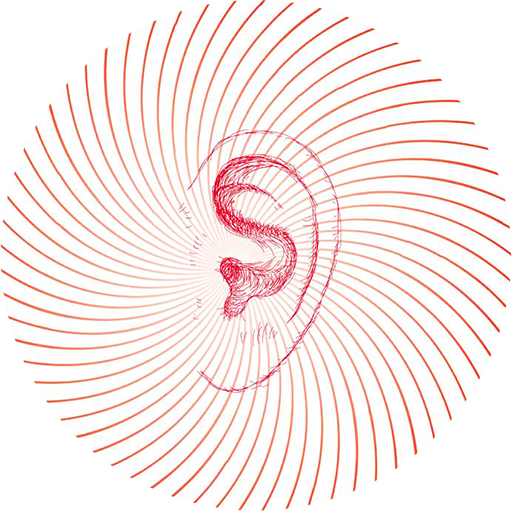In the Ethiopian society the market is a very important place for meeting and trading. A place as old as the world, it is a space and time point of reference for the community. In the market people develop interethnic mediating relations making it an open place, often in contrast with the closure trend of the villages. The market is a female space par excellence where people from various villages converge and bring different stories, costumes and languages. Every corner of the market tells a story, it represents life.
The market lasts the entire day: it starts at dawn and ends at sunset; without clocks nor appointments marking the hours.
Going through the market is an experience that intensely involves all senses: bright and contrasting colours, eyes that tell stories, smiles, pungent, sweet, unpleasant and delicate smells, sounds, noises, voices coexist in a single acoustic and human entity. This variety of sensations invests you and thrills you, it fills you with other worlds and strips you from your own.
The recordings of the soundscapes of the markets are therefore representatives (symbolic) and syncretic of a varied, colourful and lively society.
